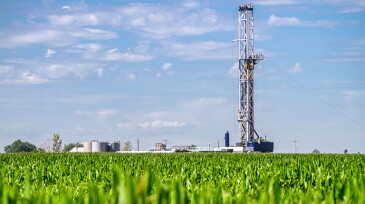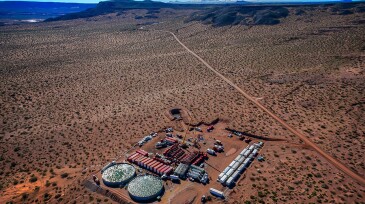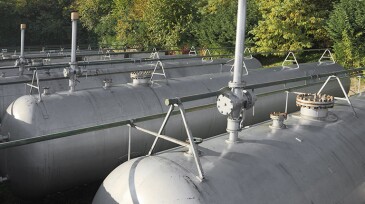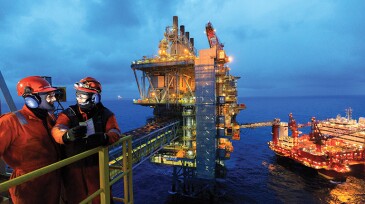Guest Editorial
-
The key element of hydraulic-fracture modeling is the prediction of the generated fracture geometries. Research conducted over the years has trickled down predictive software. Nevertheless, the ability to design optimal fracture treatments is hampered, as we cannot “see” the subsurface.
-
As the announcement of carbon sequestration projects becomes the norm, it’s time we look at what we know from a technical angle about how these projects need to be run based on the industry’s experience with enhanced oil recovery.
-
The disruptive nature of unconventional reservoirs has spurred the need for new ideas. But that doesn’t always mean that we need to toss out the traditional methods that got us here. Such might be the case for the recent developments unfolding around the diagnostic fracture injection test (DFIT).
-
For more than a century, the oil industry magnificently improved the lives and health of humankind. Those gains help support a moral case to expand some use of fossil fuels but not to release them. Now it is time to lean in to solving the last step of our direct emissions.
-
The newly formed SPE Hydraulic Fracturing Technical Section is working on a project to identify a set of best practices for completions engineers. Once completed, they will be accessible to the entire SPE technical community.
-
Flow rate is a major challenge for geothermal. However, the techniques used in shale to prevent flow localization can be applied directly to geothermal. If we can create hundreds or thousands of flowing fracture pathways around a horizontal or deviated geothermal well, then we will have truly “changed the game.”
-
Recent history has taught the unconventional sector that overly optimistic production forecasts can backfire. Going forward, one solution may be to combine financial and subsurface models to better communicate expectations.
-
We need to analyze the carbon intensity of reserves, the potential emissions that are in front of us, not just the carbon intensity of current operations. An engineering solution associated with production forecasts over time offers a framework for thinking through the carbon-emissions issue.
-
Oil isn’t going away, but that misses the fact that a demand plateau will structurally change the industry for people and companies in the most geologically mature areas, especially the United States.
-
As our industry continues to adapt and evolve to meet the changing needs of our fast-moving world, we see a sizable and growing prize for those who are willing to work and think differently, challenge traditional approaches, forge new working relationships, and act boldly.










